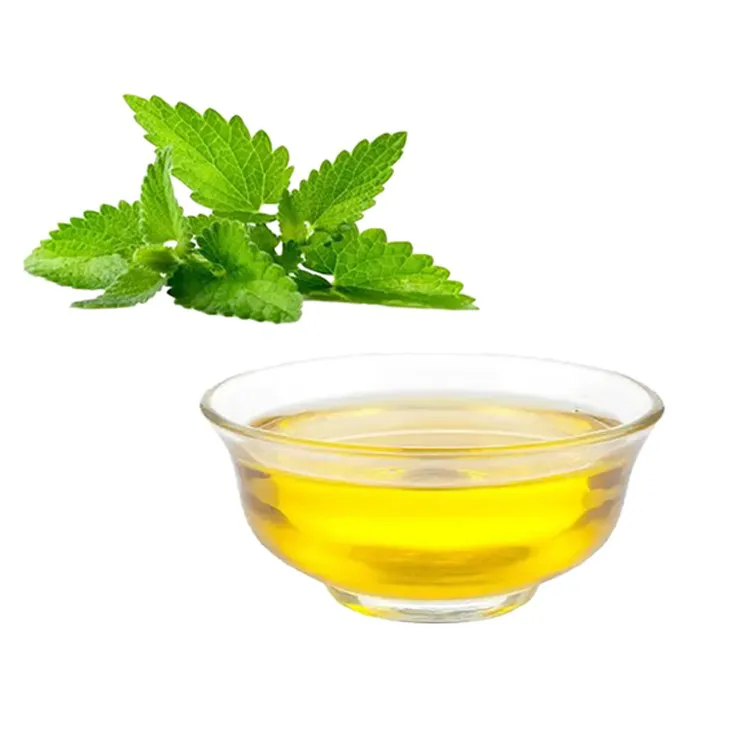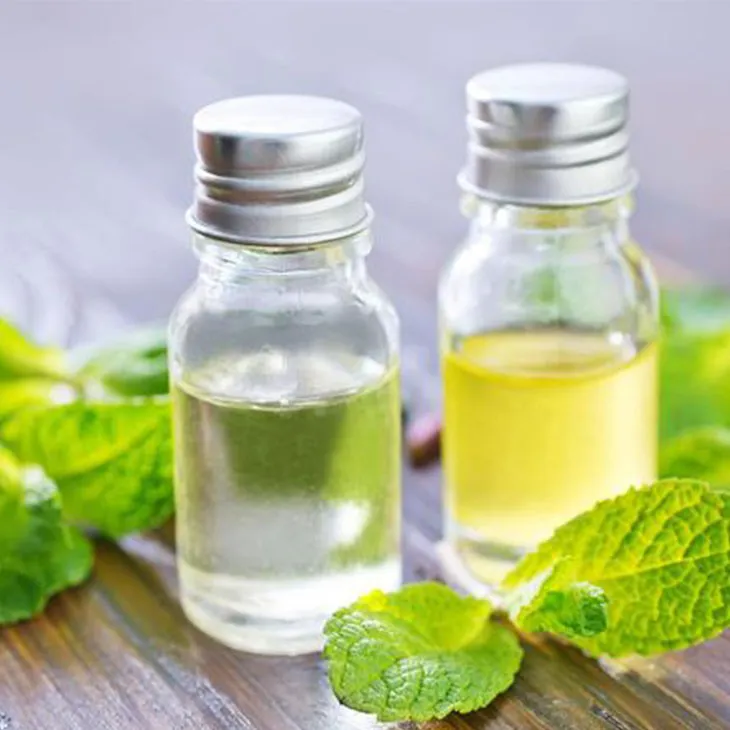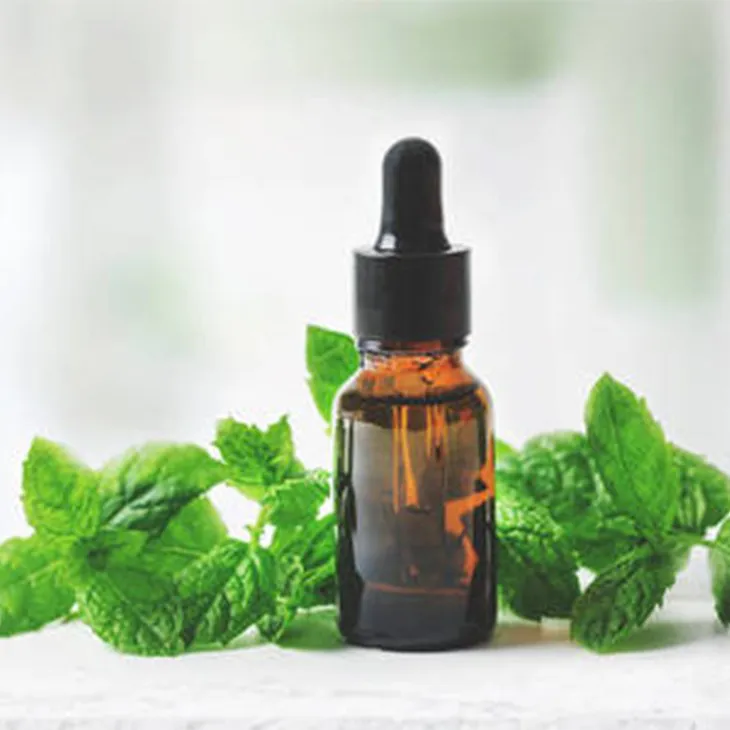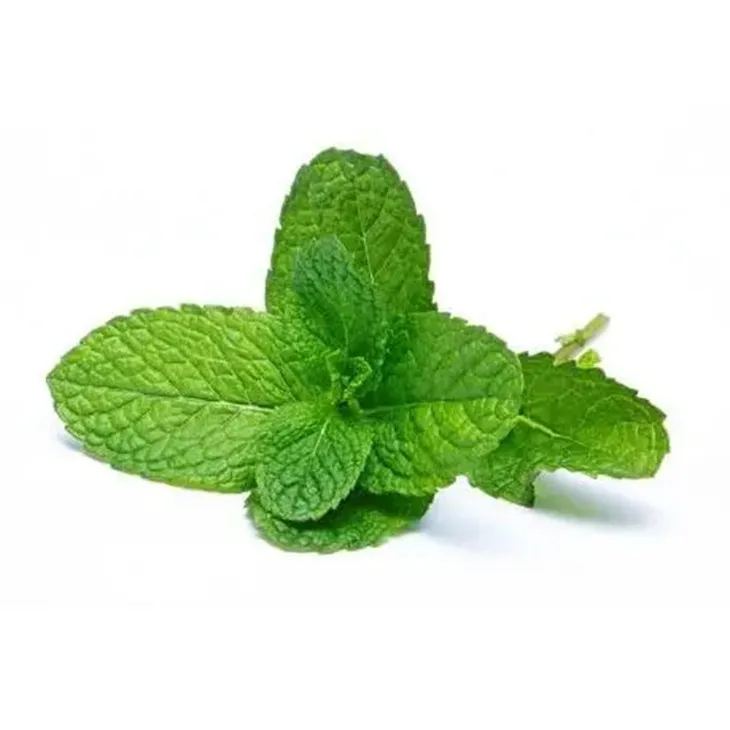- 0086-571-85302990
- sales@greenskybio.com
Quality and Consistency: The Importance of Peppermint Oil Standardization
2024-08-06

1. Introduction
Peppermint Oil has a long history of use in various applications, ranging from traditional medicine to the food, cosmetic, and pharmaceutical industries. Its diverse uses are attributed to its unique chemical composition, which imparts characteristic flavors, aromas, and potential therapeutic properties. However, for these applications to be effective and safe, ensuring the quality and consistency of Peppermint Oil is of utmost importance. Standardization serves as the key factor in achieving this goal, and this article will explore its significance from multiple aspects, including production, quality control, and market competitiveness in the global market.

2. Production and Standardization
2.1 Cultivation and Harvesting
The process of Peppermint Oil production begins with the cultivation of peppermint plants. Standardization at this stage involves factors such as the selection of suitable cultivars. Different cultivars of peppermint can have varying chemical profiles, which in turn affect the quality of the oil. For example, Mentha × piperita 'Black Mitcham' is known for its high menthol content. Proper cultivation practices also include aspects like soil type, irrigation, and fertilization. Peppermint thrives in well - drained, fertile soil with appropriate moisture levels. Consistent soil quality across different cultivation areas can contribute to more uniform plant growth and ultimately, more consistent oil production.
Harvesting time is another crucial element. Peppermint plants are typically harvested when they reach the optimal stage of growth, usually just before flowering. Harvesting too early or too late can lead to changes in the chemical composition of the oil. For instance, if harvested too early, the menthol content may be lower than expected. Standardized harvesting procedures ensure that the plants are collected at the right time, maximizing the quality of the resulting peppermint oil.
2.2 Extraction Methods
There are several methods for extracting peppermint oil, such as steam distillation and solvent extraction. Steam distillation is the most commonly used method in the industry. In this process, steam is passed through the peppermint plant material, causing the volatile compounds, including the essential oil, to vaporize. The vapor is then condensed back into a liquid, separating the oil from water and other non - volatile substances. Standardization of this method is essential.
Parameters such as the temperature and pressure during steam distillation need to be carefully controlled. Higher temperatures may cause the degradation of some of the volatile components in the oil, while lower temperatures may result in incomplete extraction. Similarly, the duration of the distillation process also affects the quality and yield of the oil. A standardized extraction method ensures that these parameters are optimized, leading to a consistent quality of peppermint oil across different batches.
Solvent extraction, on the other hand, although less commonly used for peppermint oil, also requires standardization if employed. The choice of solvent, its purity, and the extraction conditions all need to be carefully regulated to avoid contamination of the oil and ensure reproducible results.

3. Quality Control and Standardization
3.1 Chemical Composition Analysis
Peppermint oil is composed of a complex mixture of compounds, with menthol, menthone, and methyl acetate being some of the major components. Quality control involves the accurate analysis of these components. Gas chromatography (GC) and gas chromatography - mass spectrometry (GC - MS) are powerful analytical tools used for this purpose.
Standardization dictates that the levels of these key components should fall within a certain range. For example, in high - quality peppermint oil, the menthol content is typically expected to be around 30 - 50%. Deviations from this range can indicate sub - quality oil or potential adulteration. By regularly analyzing the chemical composition of peppermint oil using standardized methods, producers can ensure that their products meet the required quality standards.
3.2 Physical Properties Testing
In addition to chemical analysis, physical properties of peppermint oil also play a role in quality control. These include properties such as density, refractive index, and optical rotation.
The density of peppermint oil can provide information about its purity and concentration. A standardized value for density helps in identifying any dilution or contamination. Refractive index, which is related to the speed of light passing through the oil, is another important physical property. Deviations in the refractive index can suggest the presence of impurities or improper production processes. Optical rotation, which measures the ability of the oil to rotate plane - polarized light, is characteristic of peppermint oil and can be used to verify its authenticity and quality. Standardized testing methods for these physical properties ensure that the quality of peppermint oil is consistently maintained.
3.3 Purity and Adulteration Detection
One of the major challenges in the peppermint oil market is adulteration. Adulterants can be added to increase the volume of the oil or to mimic certain properties at a lower cost. Common adulterants include synthetic menthol, other essential oils, or even cheaper vegetable oils.
Standardized quality control procedures are crucial for detecting adulteration. Techniques such as GC - MS can be used to identify the presence of foreign substances. In addition, spectroscopic methods and physical property measurements can also provide clues about the purity of the oil. By adhering to strict standardization in purity and adulteration detection, the integrity of the peppermint oil market can be safeguarded.

4. Market Competitiveness and Standardization
4.1 Meeting Consumer Expectations
Consumers today are more informed and demanding when it comes to the products they use. In the case of peppermint oil, whether it is used in aromatherapy products, food flavorings, or personal care items, consumers expect consistent quality. Standardized peppermint oil ensures that the flavor, aroma, and efficacy remain the same across different products. For example, a consumer who uses a peppermint - scented lotion expects the same refreshing scent every time they purchase the product. If the peppermint oil used in the lotion is not standardized, there may be significant variations in the scent, leading to customer dissatisfaction.
Moreover, in the food industry, where peppermint oil is used as a flavoring agent, consistent quality is crucial for maintaining the taste of products such as candies, chewing gums, and beverages. Standardization helps food manufacturers to produce products with a reliable and consistent peppermint flavor, which is essential for building brand loyalty and meeting consumer expectations.
4.2 International Trade and Regulatory Compliance
Peppermint oil is a globally traded commodity. Different countries have their own regulatory requirements regarding the quality and safety of essential oils. For example, the European Union has strict regulations on the maximum levels of certain components in peppermint oil, as well as requirements for labeling and purity. In the United States, the Food and Drug Administration (FDA) also has guidelines for the use of peppermint oil in food, cosmetics, and drugs.
Standardization of peppermint oil is essential for international trade. It enables producers to meet the regulatory requirements of different countries, facilitating the export and import of the product. Producers who can demonstrate that their peppermint oil meets international standards are more likely to succeed in the global market. Compliance with international standards also helps to build trust among trading partners and consumers worldwide.
4.3 Brand Reputation and Differentiation
In a competitive market, brand reputation is a valuable asset. Companies that produce high - quality, standardized peppermint oil can build a positive brand image. A brand known for consistent quality can differentiate itself from competitors.
For example, a company that specializes in natural cosmetics using peppermint oil can gain a competitive edge by ensuring that the peppermint oil in its products is of the highest quality and standardized. This can lead to increased customer loyalty and word - of - mouth marketing. On the other hand, a brand associated with inconsistent or sub - quality peppermint oil products is likely to face challenges in the market. Standardization thus plays a crucial role in brand building and maintaining a competitive position in the peppermint oil market.

5. Conclusion
In conclusion, the standardization of peppermint oil is of vital importance for various reasons. It is essential in every stage of production, from cultivation and harvesting to extraction. In quality control, it helps to ensure the accurate analysis of chemical composition, proper testing of physical properties, and detection of adulteration. In the global market, standardization enables producers to meet consumer expectations, comply with international trade regulations, and build strong brand reputations.
As the demand for peppermint oil continues to grow in various industries, the need for strict standardization will become even more crucial. Producers, regulators, and industry stakeholders should work together to promote and enforce standardization, ensuring the long - term quality and consistency of peppermint oil in the market.
FAQ:
What are the main aspects of peppermint oil standardization?
Peppermint oil standardization mainly involves aspects such as the determination of its active ingredients like menthol content, ensuring consistent chemical composition, and setting standards for physical properties like color, odor, and density. These aspects are crucial to guarantee the quality and consistency of peppermint oil across different batches and sources.
Why is quality control important in peppermint oil production?
Quality control in peppermint oil production is vital because it ensures that the final product meets the required standards. It helps in identifying and eliminating contaminants, maintaining the correct levels of active ingredients, and ensuring that the oil has the expected aroma and flavor. Without proper quality control, the quality and effectiveness of the peppermint oil can vary greatly, which may lead to problems in its various applications.
How does peppermint oil standardization affect its market competitiveness?
Standardization of peppermint oil enhances its market competitiveness in several ways. Firstly, standardized peppermint oil provides a consistent product to customers, which builds trust. Manufacturers can rely on it to produce high - quality end - products. Secondly, it allows for easier comparison with competing products in the market. If a brand can offer a standardized peppermint oil with guaranteed quality, it is more likely to gain a larger market share compared to non - standardized or inconsistent products.
What challenges are faced in the standardization of peppermint oil?
There are several challenges in peppermint oil standardization. One major challenge is the natural variation in peppermint plants due to factors such as climate, soil conditions, and cultivation methods. This can lead to differences in the chemical composition of the oil. Another challenge is the presence of potential contaminants during the production process, which need to be carefully monitored and controlled. Additionally, the cost associated with implementing strict standardization procedures can also be a hurdle for some producers.
How can producers ensure the consistency of peppermint oil?
Producers can ensure the consistency of peppermint oil by carefully selecting and controlling the raw materials, that is, the peppermint plants. They should use consistent cultivation methods, including proper irrigation, fertilization, and pest control. During the extraction process, strict quality control measures should be in place, such as using standardized extraction techniques and equipment. Regular testing of the oil at different stages of production is also necessary to detect and correct any variations.
Related literature
- Standardization of Essential Oils: A Review"
- "Quality Assurance in Peppermint Oil Production"
- "The Role of Standardization in the Global Peppermint Oil Market"
- ▶ Hesperidin
- ▶ citrus bioflavonoids
- ▶ plant extract
- ▶ lycopene
- ▶ Diosmin
- ▶ Grape seed extract
- ▶ Sea buckthorn Juice Powder
- ▶ Beetroot powder
- ▶ Hops Extract
- ▶ Artichoke Extract
- ▶ Reishi mushroom extract
- ▶ Astaxanthin
- ▶ Green Tea Extract
- ▶ Curcumin Extract
- ▶ Horse Chestnut Extract
- ▶ Other Problems
- ▶ Boswellia Serrata Extract
- ▶ Resveratrol Extract
- ▶ Marigold Extract
- ▶ Grape Leaf Extract
- ▶ blog3
-
Alfalfa Meal
2024-08-06
-
Curcuma Longa Extract/Turmeric extract
2024-08-06
-
Lemon Balm Extract
2024-08-06
-
Maitake Mushroom Extract
2024-08-06
-
Lycopene
2024-08-06
-
Reishi mushroom extract
2024-08-06
-
Jujube Extract
2024-08-06
-
Aguaje Extract
2024-08-06
-
Sophora Japonica Flower Extract
2024-08-06
-
Citrus bioflavonoids
2024-08-06





















